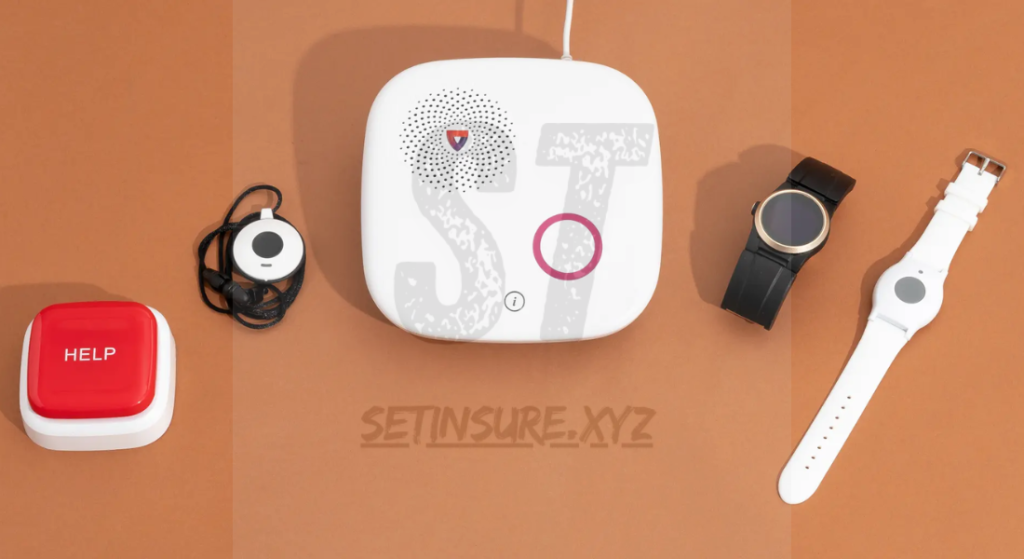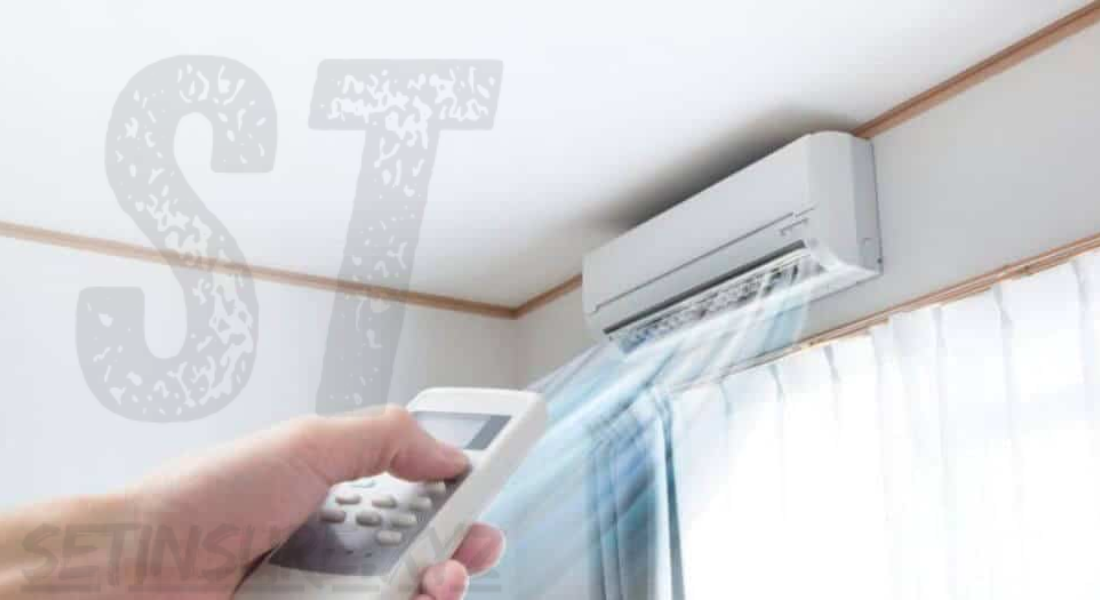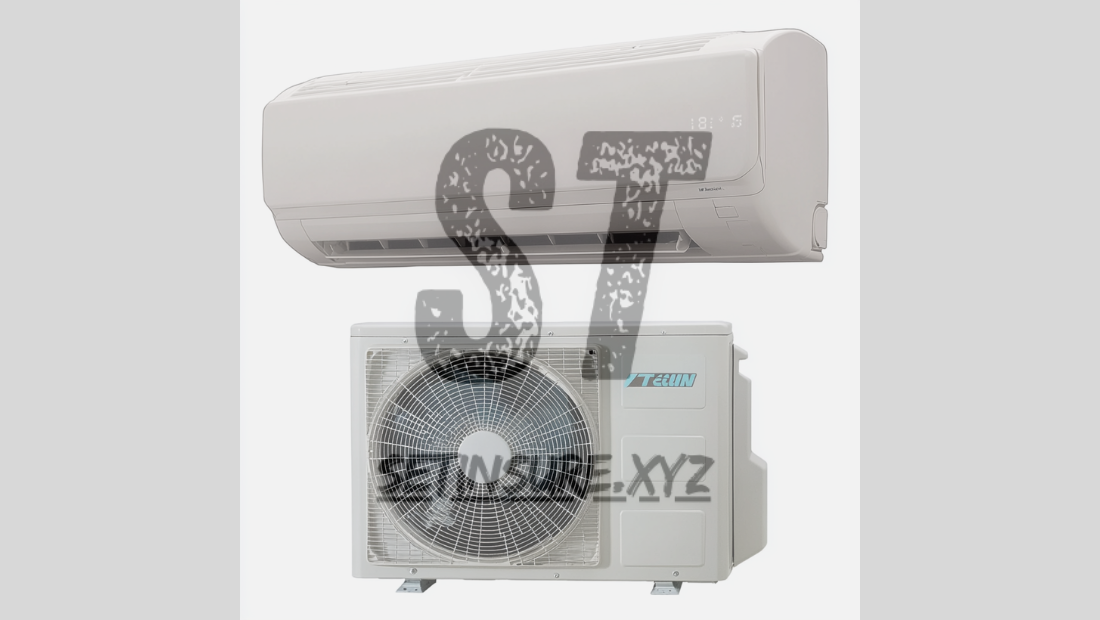In today’s digital age, our devices are integral to our daily lives, from personal use to professional tasks. Whether it’s a computer, smartphone, or tablet, maintaining optimal performance is crucial for productivity and longevity. However, devices can slow down over time due to clutter, software issues, or hardware wear and tear. With proper care and maintenance, you can ensure that your devices run smoothly for years to come.
This article provides essential system care tips to help you keep your devices in top-notch condition, covering everything from cleaning your hardware to optimizing software performance.
1. Regular Software Updates
One of the simplest yet most effective ways to maintain your device’s performance is by keeping its software updated. Operating system updates often include patches for bugs, security vulnerabilities, and performance enhancements.
- Automatic Updates: Enable automatic updates to ensure your device always has the latest software.
- Check for Updates Manually: Periodically check for updates for applications, drivers, and firmware to improve compatibility and functionality.
- Third-Party Applications: Don’t forget to update third-party applications, as outdated apps can cause system slowdowns or crashes.
2. Optimize Storage Space
Over time, devices can accumulate unnecessary files, causing storage to fill up and performance to degrade. Regularly cleaning and organizing your storage can significantly boost performance.
- Remove Unnecessary Files: Delete unused applications, old files, and downloads you no longer need.
- Cloud Storage: Use cloud storage solutions like Google Drive or Dropbox to free up local storage while keeping important files accessible.
- Disk Cleanup Tools: Utilize built-in tools like Windows Disk Cleanup or macOS Optimize Storage to identify and remove temporary and junk files.
3. Protect Against Malware and Viruses
Cybersecurity is an essential aspect of system care. Malware and viruses can compromise your device’s performance, security, and data integrity.
- Install Antivirus Software: Use reputable antivirus software to scan for and remove malicious programs.
- Keep Security Tools Updated: Regularly update your antivirus and anti-malware programs to protect against the latest threats.
- Avoid Suspicious Links: Be cautious when clicking on unknown links or downloading files from untrusted sources.
4. Regularly Restart Your Device
Many people leave their devices running for extended periods without restarting, which can cause software glitches and slow performance. Restarting your device clears temporary files and refreshes system memory.
- Weekly Restarts: Make it a habit to restart your device at least once a week.
- Scheduled Restarts: For computers, schedule restarts after installing updates to ensure smooth operation.
5. Manage Startup Programs
Too many programs running at startup can slow down your device’s boot time and overall performance. Managing these programs helps reduce unnecessary system load.
- Disable Unnecessary Startup Apps: Use Task Manager on Windows or System Preferences on macOS to disable apps that don’t need to launch at startup.
- Prioritize Essential Applications: Allow only critical programs like antivirus software to run at startup.
6. Regularly Backup Your Data
Data loss can occur unexpectedly due to hardware failure, software corruption, or malware attacks. Regular backups ensure that your important files are safe and easily recoverable.
- Cloud Backups: Use cloud services like iCloud, OneDrive, or Google Drive for automatic backups.
- External Storage: Invest in external hard drives or USB drives for offline backups.
- Set a Schedule: Automate backups weekly or monthly to keep your data up to date.

7. Keep Your Hardware Clean
Dust and dirt can accumulate on your devices, causing overheating and hardware malfunctions. Regular cleaning helps maintain optimal performance and prevents long-term damage.
- Clean Vents and Fans: Use compressed air to remove dust from vents and fans, especially for laptops and desktops.
- Screen Cleaning: Use microfiber cloths and screen-safe cleaning solutions to clean your device’s display.
- Keyboard and Ports: Use soft brushes or compressed air to clean keyboards and ports, removing debris that can cause connectivity issues.
8. Monitor Battery Health
For portable devices like laptops and smartphones, battery health is crucial. Poor battery management can shorten its lifespan and reduce overall performance.
- Avoid Overcharging: Unplug your device once it reaches 100% to prevent battery degradation.
- Use Power-Saving Modes: Enable power-saving settings to extend battery life during low-charge situations.
- Replace Aging Batteries: If your device’s battery no longer holds a charge, consider replacing it to restore full functionality.
9. Optimize Network Performance
Slow internet speeds can affect productivity and entertainment. Ensuring your network is running smoothly can improve overall device performance.
- Restart Your Router: Regularly reboot your router to refresh the connection.
- Check for Firmware Updates: Update your router’s firmware for improved performance and security.
- Use Ethernet for Stability: For tasks requiring stable connections, use an Ethernet cable instead of Wi-Fi.
10. Manage System Resources
Keeping an eye on resource usage can help identify and resolve performance bottlenecks.
- Task Manager/Activity Monitor: Use built-in tools to monitor CPU, memory, and disk usage. Close resource-heavy apps that you’re not actively using.
- Free Up RAM: Restart resource-intensive applications and clear browser tabs to free up memory.
- Adjust Visual Effects: Reduce visual effects and animations on your device for improved speed.
11. Perform Regular Maintenance Checks
Routine system maintenance can prevent minor issues from becoming major problems.
- Defragment Hard Drives: For HDDs, run defragmentation tools to optimize file storage. SSDs generally don’t require defragmentation.
- Check for Disk Errors: Use tools like CHKDSK on Windows or Disk Utility on macOS to identify and fix disk errors.
- Update Drivers: Keep hardware drivers updated to ensure compatibility and peak performance.
12. Enable Two-Factor Authentication (2FA)
Security is a crucial aspect of system care. Two-factor authentication adds an extra layer of protection to your accounts and devices.
- Enable 2FA: Use two-factor authentication on apps and devices to protect sensitive information.
- Use Secure Passwords: Combine uppercase, lowercase, numbers, and symbols for stronger passwords.
13. Customize Notifications and Alerts
Too many notifications can distract and slow down your system. Customize them to focus on what matters most.
- Turn Off Unnecessary Alerts: Disable notifications from apps you don’t frequently use.
- Focus Modes: Use focus or do-not-disturb modes to reduce distractions while working.
14. Consider a Factory Reset When Necessary
If your device’s performance is consistently poor and troubleshooting hasn’t helped, a factory reset can restore it to its original state.
- Backup Before Resetting: Ensure all your important files are backed up before performing a reset.
- Reinstall Essential Apps Only: After resetting, only reinstall apps you actively use to avoid unnecessary clutter.
Conclusion
Keeping your devices running smoothly doesn’t have to be a daunting task. By following these essential system care tips, you can enhance performance, extend the lifespan of your devices, and ensure a seamless user experience. Regular maintenance, mindful usage, and proactive measures will not only improve productivity but also protect your valuable data and hardware.
Incorporate these practices into your routine and enjoy the benefits of a well-maintained, efficient system for years to come.



